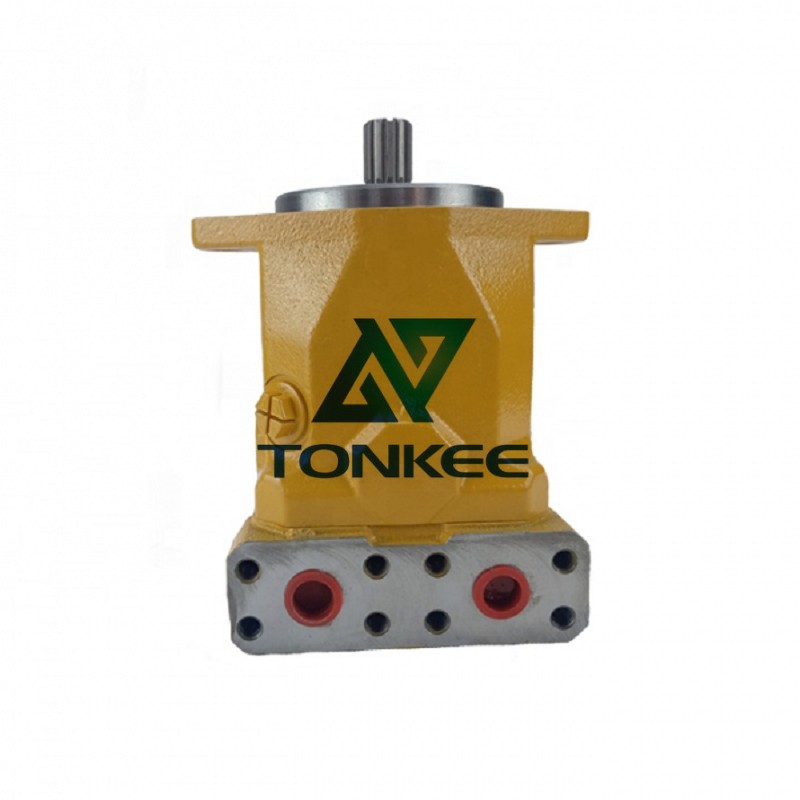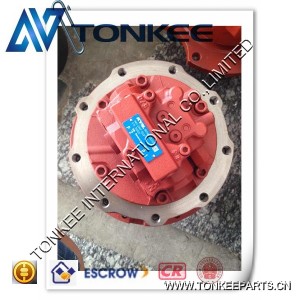
Fan motors can be of various types, including shaded pole motors, permanent split capacitor (PSC) motors, brushless DC (BLDC) motors, and more.
The type of motor used depends on the specific requirements of the fan, such as speed control, efficiency, and size.
Power Rating:
The power rating of a fan motor is typically measured in watts or horsepower (HP). It indicates the motor's capacity to generate airflow.
Voltage and Frequency:
Fan motors operate on specific voltage and frequency. Common voltages include 110V, 220V, or 12V for DC motors, while the frequency is typically 50Hz or 60Hz.
Speed and RPM:
The rotational speed of the motor, usually measured in revolutions per minute (RPM), determines the airflow generated by the fan. Different applications require different RPMs.
Motor Efficiency:
Efficiency is crucial for reducing energy consumption and heat generation. High-efficiency fan motors are often preferred for environmental and cost-saving reasons.
Size and Dimensions:
The physical size and dimensions of the motor need to match the fan's housing or mounting requirements.
Noise Level:
The noise level generated by the fan motor is an important consideration, especially in applications where noise pollution is a concern.
Temperature Rating:
Fan motors must be able to operate within a specified temperature range without overheating. This is crucial for reliability and safety.
Enclosure and Protection:
Fan motors may have different types of enclosures for protection against dust, moisture, and other environmental factors. Common enclosure types include open, enclosed, and TEFC (Totally Enclosed Fan-Cooled).
Mounting and Shaft Configuration:
Fan motors have specific mounting and shaft configurations to fit into various fan designs. The most common configurations include foot-mounted, flange-mounted, and shaft-mounted.
Control Options:
Some fan motors come with built-in controls for speed adjustments or may be compatible with external control systems.
Life Expectancy and Maintenance:
Understanding the motor's expected lifespan and maintenance requirements is essential for long-term reliability.
Certifications and Standards:
Fan motors may need to meet specific industry or safety standards and certifications, such as UL (Underwriters Laboratories) or CE (Conformité Européenne).
Environmental Considerations:
Modern fan motors often incorporate eco-friendly features to reduce energy consumption and environmental impact.



 English
English Русский язык
Русский язык




